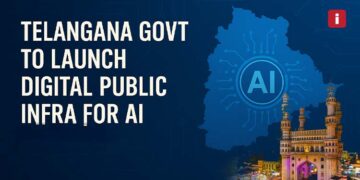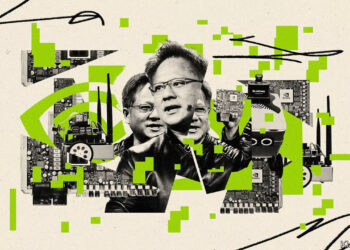The Future of Manufacturing: Embracing Industry 5.0 and AI
With the rapid evolution of Industry 5.0, the global manufacturing landscape is shifting towards more human-centric, AI-driven, and sustainable production methods. According to Barbara Frei, Executive Vice President of Schneider Electric, the future of smart factories lies in blending automation, artificial intelligence (AI), and human expertise to drive efficiency and innovation.
What is Industry 5.0?
Industry 5.0 builds upon the automation breakthroughs of Industry 4.0, but with a key difference: instead of merely replacing human labor, it enhances human-machine collaboration. This means that AI, cobots (collaborative robots), and smart sensors work alongside factory workers to increase productivity and improve decision-making.
How AI is Making Factories Smarter
AI-driven manufacturing is revolutionizing industries worldwide. Schneider Electric is at the forefront of this transformation, leveraging AI for:
- Predictive Maintenance: AI-powered sensors detect potential machinery failures before they happen, reducing downtime.
- Energy Optimization: AI-driven energy management systems help factories minimize waste and improve sustainability.
- Autonomous Decision-Making: AI algorithms analyze production data in real time, allowing for dynamic adjustments in workflows.
- Digital Twins: Virtual models of factories help simulate and optimize processes before implementation.
India’s Role in the AI-Driven Manufacturing Revolution
India is emerging as a global hub for smart manufacturing, thanks to government initiatives like Make in India, Digital India, and the Production-Linked Incentive (PLI) scheme. According to experts, India’s manufacturing sector is expected to grow to $1 trillion by 2025, fueled by AI, IoT, and automation.
Government Support for Smart Manufacturing in India
- Digital India – Encouraging digital transformation across industries.
- National AI Mission – Promoting AI-driven innovations in manufacturing.
- PLI Scheme – Providing financial incentives for manufacturers adopting smart technology.
Schneider Electric’s Commitment to Industry 5.0
Barbara Frei highlights that Schneider Electric is actively working on:
- AI-integrated Industrial Automation Solutions
- Smart Grids for Sustainable Energy Management
- Human-AI Collaboration to Enhance Productivity
“Industry 5.0 is not about replacing humans with AI—it’s about empowering them with technology to achieve more,” says Barbara Frei.
Challenges and Opportunities in India
While AI-powered factories offer immense potential, challenges remain:
- Skill Gap: The need for AI and automation experts.
- Cybersecurity Risks: Protecting smart factories from cyber threats.
- Initial Investment Costs: High costs of implementing AI-driven solutions.
However, the opportunities far outweigh the challenges, with companies like Schneider Electric, Siemens, and Tata Steel leading the way in adopting AI-powered smart factory solutions.
Conclusion: The Road Ahead for India’s AI-Driven Factories
India is poised to become a leader in AI-powered smart manufacturing, with Industry 5.0 acting as a catalyst for innovation. Companies that embrace AI, automation, and human-centric design will thrive in this new era of manufacturing.
What are your thoughts on AI and Industry 5.0 in India? Let us know in the comments!












































